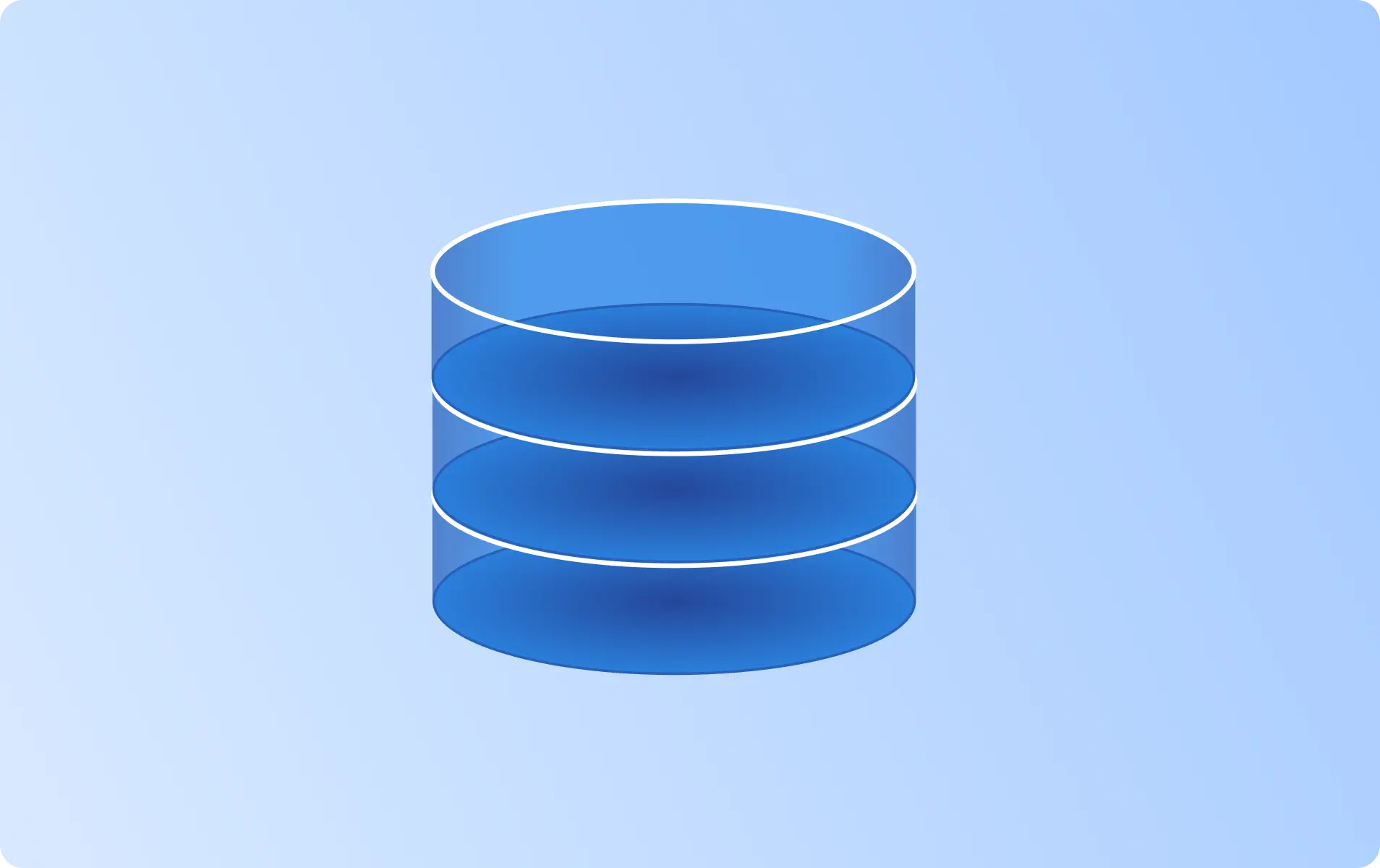Best Data for Workforce Planning

Recommended Data for Workforce Planning
Frequently Asked Questions about Workforce Planning
What Is Workforce Planning?
Workforce planning helps companies balance supply and demand for skills across short- and long-term horizons, enabling proactive talent acquisition, retention, and reskilling initiatives.
This data supports operational agility and reduces talent-related risk by enabling organizations to react quickly to market changes, expansion plans, or workforce disruption. Many providers now offer workforce planning APIs and dashboard integrations, making the data actionable across departments.
What Are Examples of Workforce Planning Data?
Workforce planning relies on a combination of historical trends, predictive models, and real-time workforce insights. Common examples include:
- Headcount Forecasts: Projected hiring needs by department, role, or geography.
- Talent Supply Data: External labor market availability and competition for roles.
- Skills Gap Analysis: Comparison of current skills inventory vs. future business needs.
- Attrition & Retirement Forecasts: Projected employee exits due to churn or retirement.
- Internal Mobility Trends: Role changes, promotions, and cross-functional transfers.
- Succession Planning Data: Readiness ratings and talent bench strength.
- Recruitment Pipeline Metrics: Time-to-hire, candidate quality, and sourcing channels.
- Compensation Benchmarks: Salary and benefits comparisons by job family.
- Diversity Ratios: Gender, ethnicity, and age breakdowns across departments.
- Workforce Utilization Rates: Workload analysis to identify under- or over-capacity.
Best Workforce Planning Datasets & Providers
Platforms like Datarade, Revelio Labs, and Lightcast offer comprehensive workforce datasets tailored for strategic HR and corporate planning. These datasets often combine internal HR metrics with external labor market intelligence, allowing companies to match business plans with hiring strategies, build resilient org structures, and understand regional workforce dynamics.
Global datasets may include country-specific employment rates, education levels, and compensation norms—essential for expansion planning or talent sourcing abroad.
Main Attributes of Workforce Planning Datasets
The depth and utility of workforce planning data are defined by its granularity and update frequency. Key attributes include:
- Role Name and Job Family
- Department and Business Unit
- Location (city, region, country)
- Current and Projected Headcount
- Required and Existing Skills
- Employee Tenure and Retirement Eligibility
- Job Level and Reporting Structure
- Compensation Range and Benchmark
- Time-to-Hire and Cost-per-Hire
Why Is Workforce Planning Important?
Proactive Talent Strategy
Instead of reacting to talent gaps as they arise, workforce planning data enables businesses to forecast needs, evaluate risks, and shape the workforce of the future. This reduces talent shortages, unplanned overtime, and the costs of reactive hiring.
Business Growth Alignment
As companies enter new markets, launch new products, or undergo digital transformation, workforce planning ensures that staffing levels and skills match growth goals. This data-driven approach boosts efficiency and lowers ramp-up time.
Investor Confidence & Risk Mitigation
For investors and stakeholders, visibility into workforce strategy is a proxy for operational stability. Workforce planning data demonstrates that a company has systems in place to scale, adapt, and lead in its sector.
Cost Efficiency
Hiring too quickly or holding excess headcount can hurt margins. Workforce planning helps organizations allocate resources precisely and reduce waste—especially across complex global operations.

